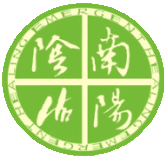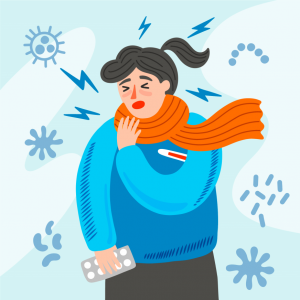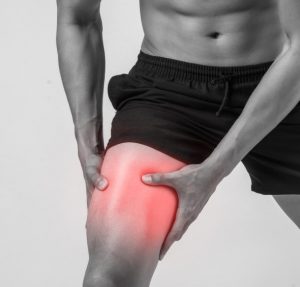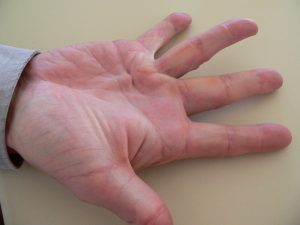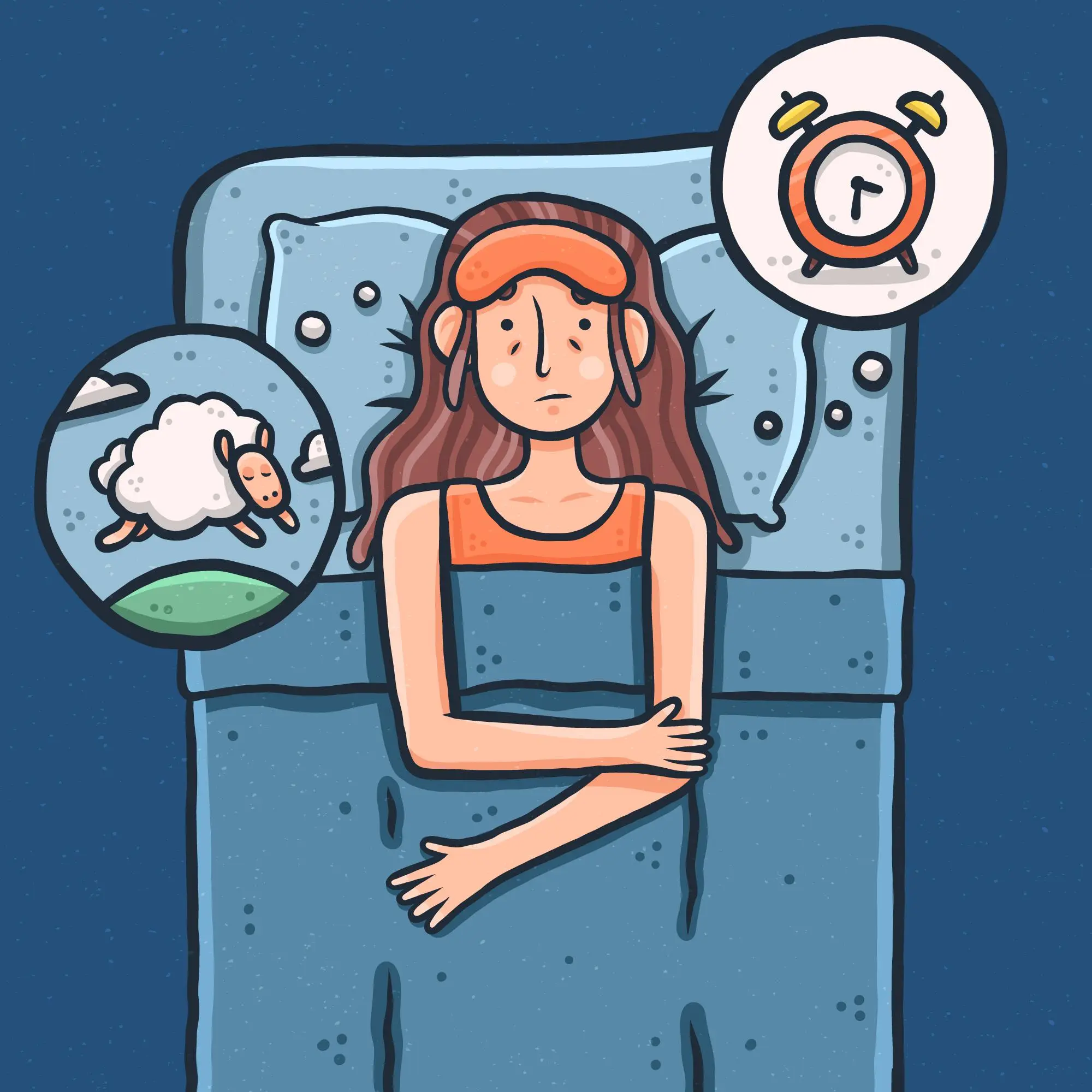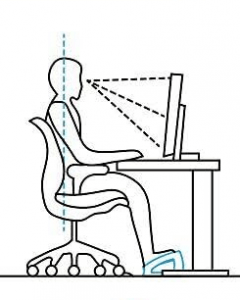What is TMJ Disorder?

What is TMJ?
TMJ stands for Temporomandibular Joint. Your temporomandibular joints are located on both sides of your face, just in front of your ears. The TMJs connect your lower jawbone to your skull and assist in movements like chewing and speaking.
The disorders of TMJ is anything that encompasses:
- Pain in the joint with movement ie. chewing, talking, clenching
- Limited range of motion
- Lock jaw
- Clicking noises with movement
- Jaw misalignment
Comorbidities:
Unfortunately according to the Cleveland clinic, along with the pain/dysfunction in the jaw, there are additional symptoms that can occur in conjunction:
- Headaches and/or migraines
- Tooth Pain
- Tinnitus
- Vertigo
- Neck and shoulder tension
- Sleep disturbance
- Sleep apnea and snoring
What are the causes?
- Bruxism (teeth grinding/clenching)
- Dislocation of the disc between the ball and socket joint.
- Arthritis in the TMJ.
- Stress
- Acute trauma.
- An improper bite.
- Tension in the neck and shoulders
How do you address these issues?
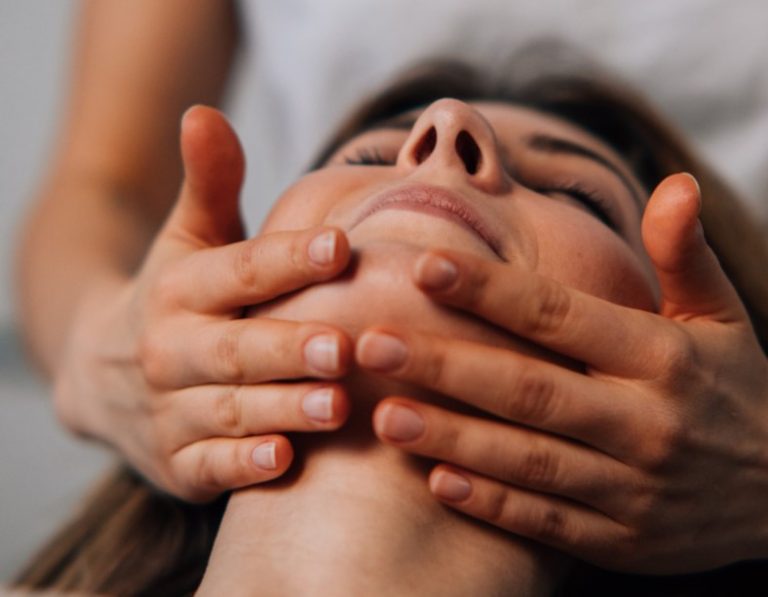
Addressing certain key areas around the scalp, jaw, neck and shoulders are the most direct ways to start the process of getting ahead of the pain. TMJ disorders, like so many chronic conditions, are complicated in the sense that involves many different areas of the body. But knowing that muscles are the root of the issues, through acupuncture, massage, heat therapy and certain stretches/exercise you can not only get ahead of the pain but correct the alignment to the point where it is less of a chronic problem but something that is maintained.
